Italian basil pesto lasagne al forno (also called lasagne alla Portofino) is hands down the best summer lasagna recipe. It’s light, easily made vegetarian and just totally delicious. If you love pesto, you’ll swoon over this dish!
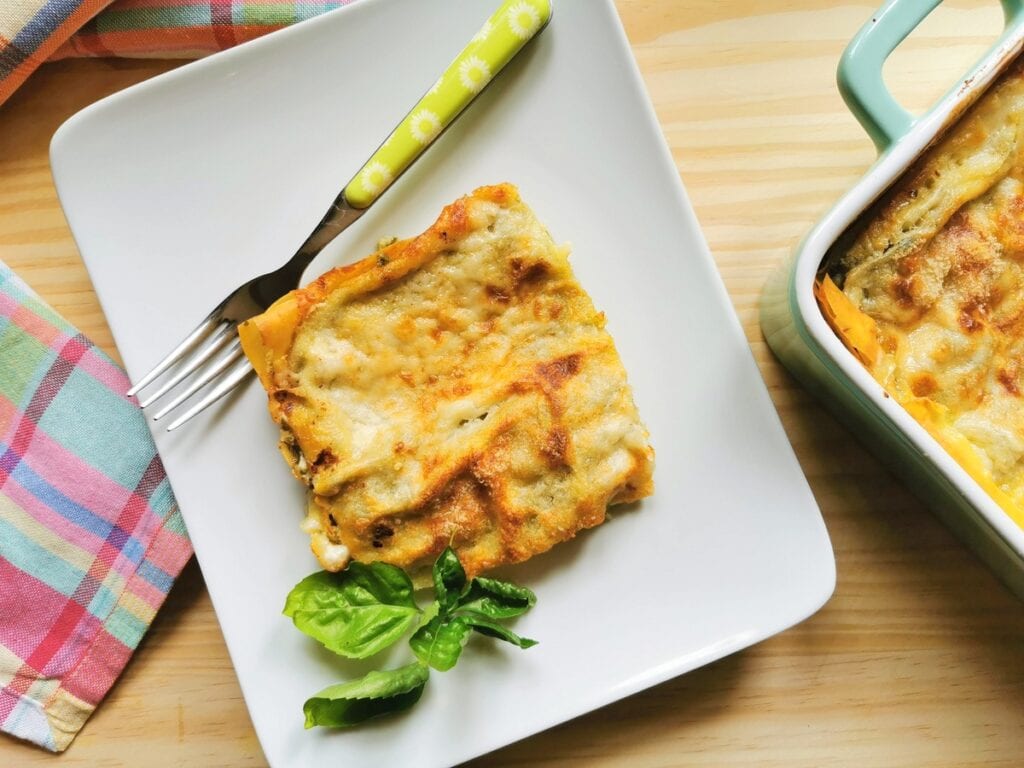
Lasagne al pesto.
This divine pesto lasagna recipe comes from Liguria, home to pesto Genovese (basil pesto). Although many Italians call this dish lasagne al pesto, traditionalists don’t. For the Genovese, the original lasagne al pesto isn’t baked and the pasta is cut into squares, rather than rectangles. In the local dialect, those pasta squares are called ‘mandilli de saea’ or silk handkerchiefs. Silk handkerchief pasta with basil pesto is considered to be the oldest pasta pesto pairing.
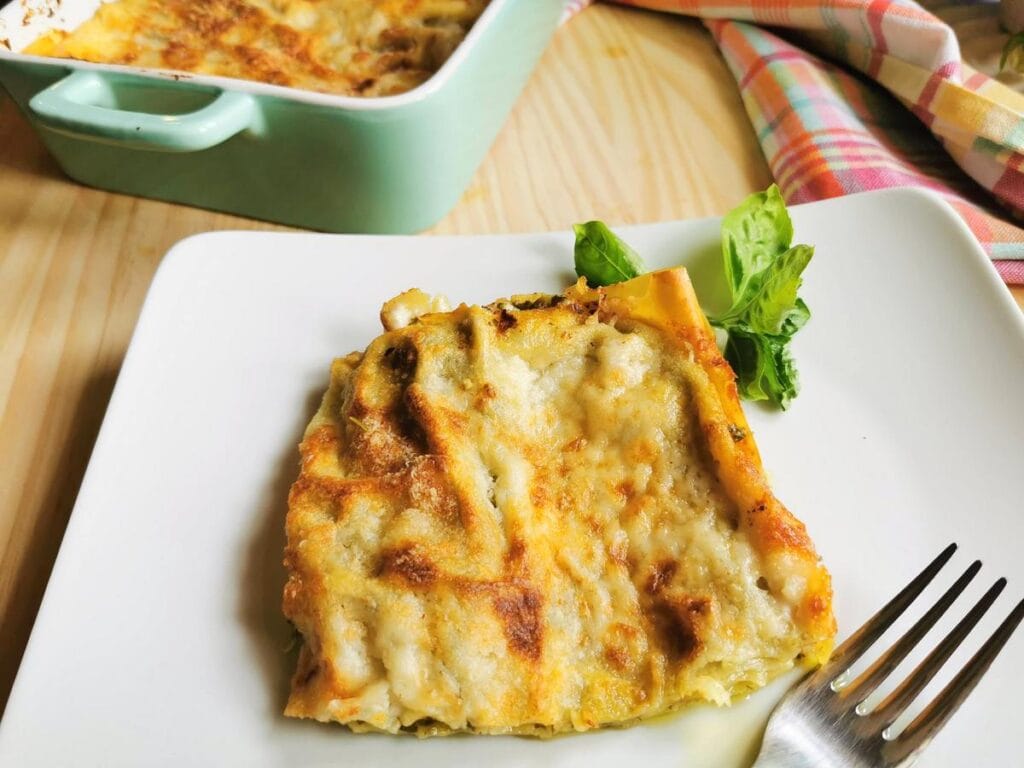
Lasagne alla Portofino.
In Italy, you can also find this pesto lasagna referred to as lasagne alla Portofino (Portofino style lasagna). However, I couldn’t find any online info on how it came to be called that. Maybe, just not to be confused with the original lasagne al pesto or because Portofino is such a well-known Ligurian destination. Plus, to make things even more confusing. There are other pasta alla Portofino recipes. These include mixing pesto with tomatoes, which apparently horrifies the Genovese!
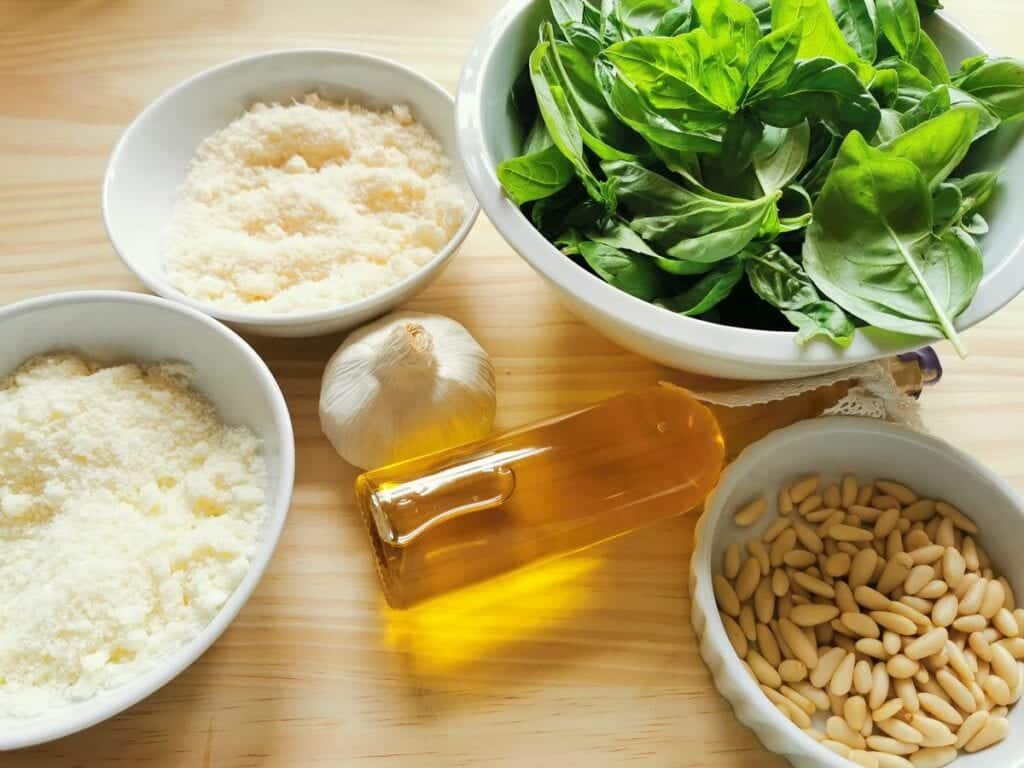
A little pasta and pesto history.
Even though this recipe is relatively modern in comparison to other pasta and pesto recipes, it has become pretty popular both in Liguria and throughout Italy. Genova was the first place in Italy to master the art of making fresh pasta. In fact, they’ve been making it there since the 12th century! However, basil pesto was a later addition to the Ligurian kitchen, having been invented in the 1800s.
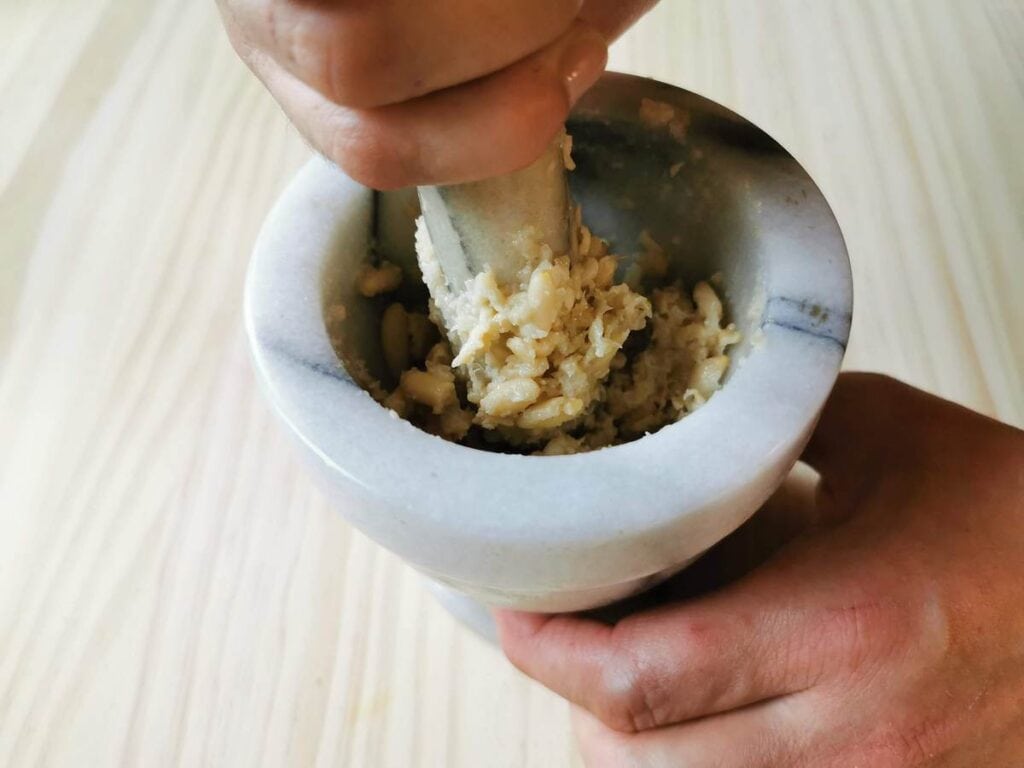
Before they invented pesto, the Genovese ate their lasagne pasta either cooked in broth and sprinkled with cheese or seasoned with condiments such as prescinsêua cheese (a cross between yogurt and ricotta), normal ricotta and cinnamon or sauces of mushrooms and hazelnuts.
Other pasta and pesto recipes from Liguria.
Apart from the above-mentioned silk handkerchief pasta, Ligurians traditionally pair basil pesto with trofie, trenette (similar to linguine) and corzetti. These are all original pasta types from the region. They also often add green beans and potatoes to their pesto pasta dishes. In fact, I’ve come across recipes for Italian basil pesto lasagna which include beans and potatoes too!
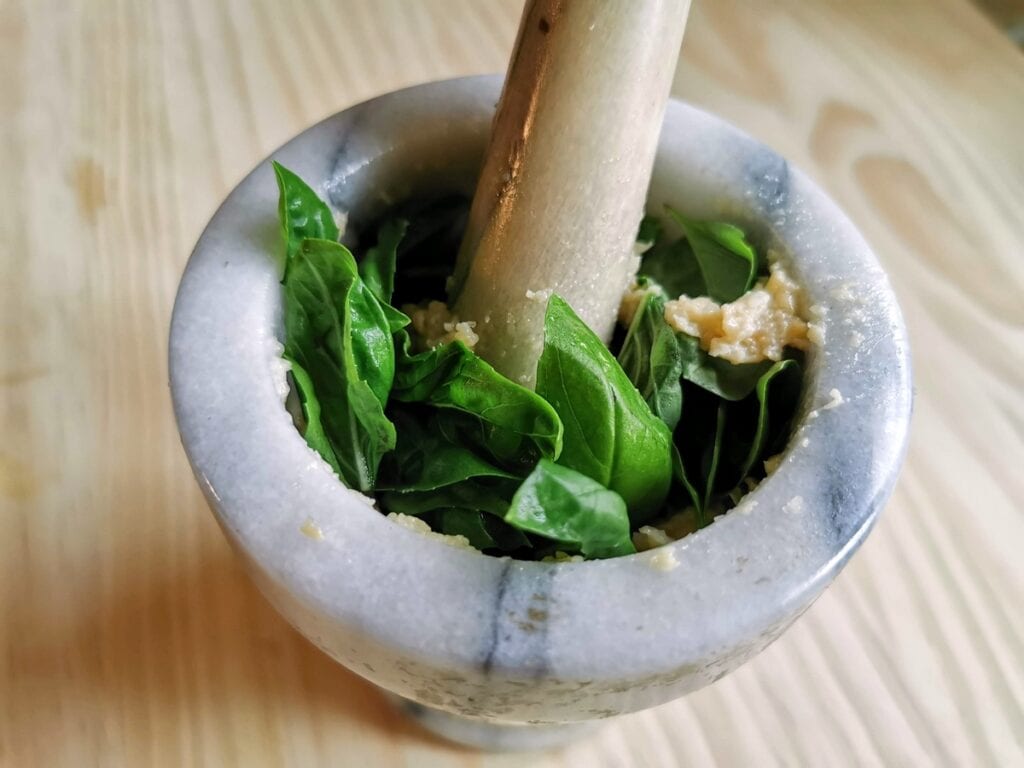
Versions of Italian basil pesto lasagne al forno.
Like many traditional Italian recipes, you can find this pesto lasagna made in slightly different ways. However, the most common is this recipe with homemade basil pesto, fresh lasagne pasta sheets, homemade béchamel and grated Parmigiano cheese. I also added some slices of provola cheese as some recipes call for that too and I liked the idea.
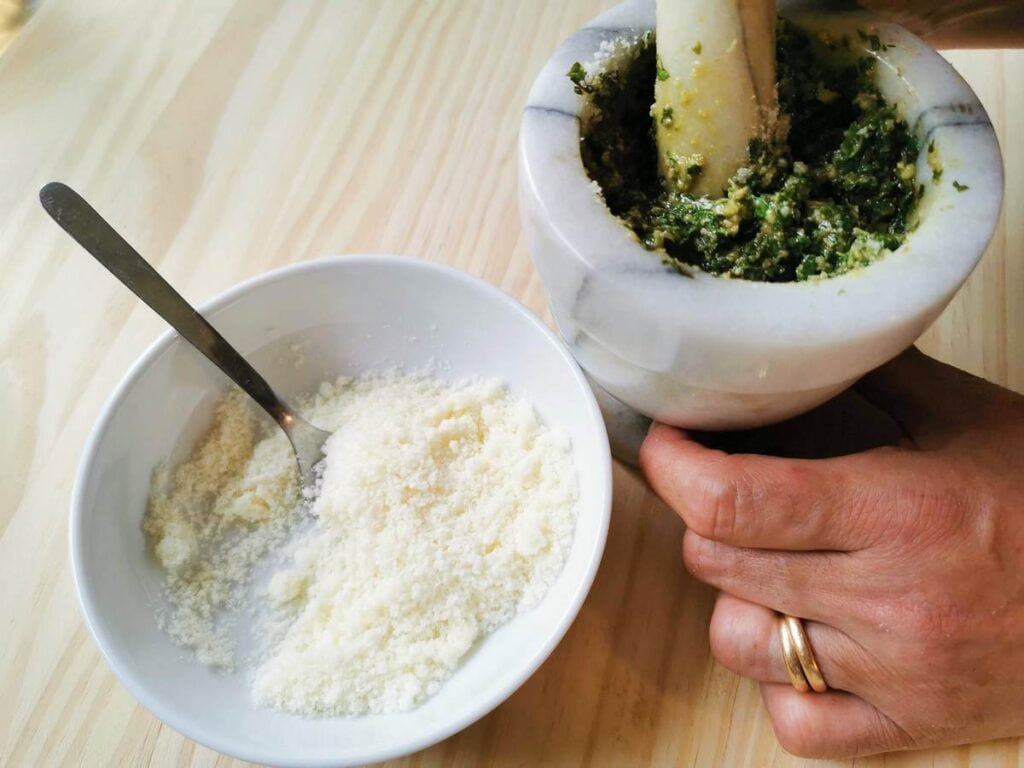
Some Italians add ricotta, mozzarella or mascarpone to this dish. Others include veggies such as zucchini or tomatoes or the green beans and potatoes I mentioned before. There are also versions with meat such as ham or with seafood like shrimps. I preferred to go with the simplest and most basic recipe. However, I made both the pesto and the béchamel myself.
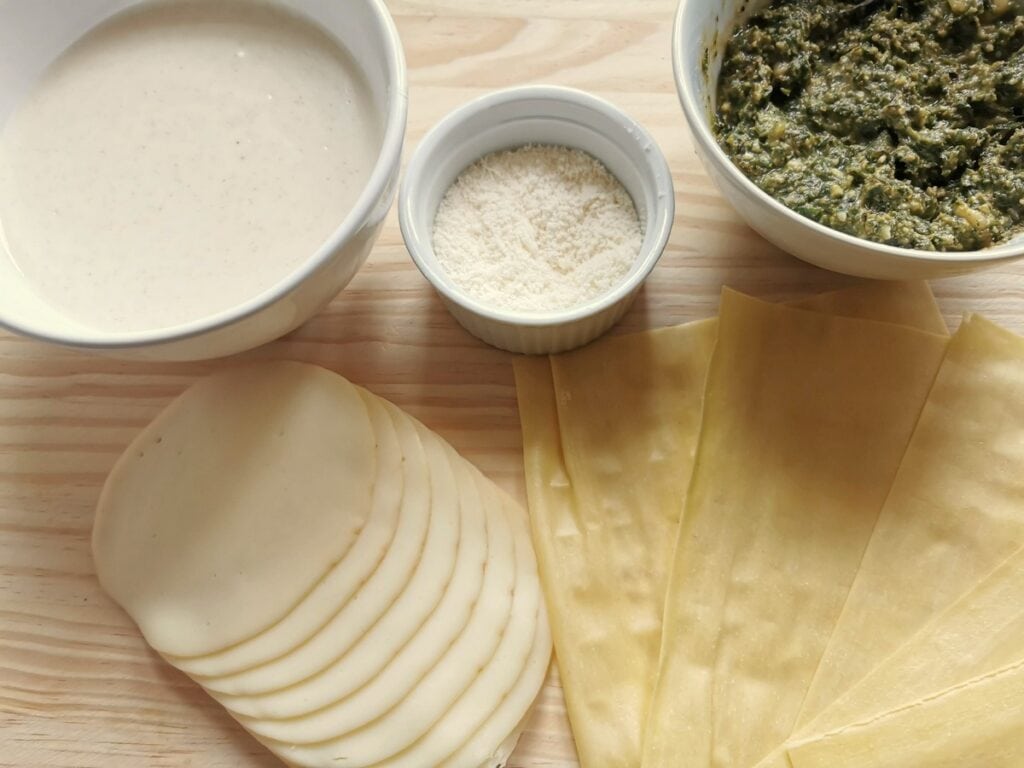
Ingredients for basil pesto.
Basil pesto (pesto Genovese) originated in Liguria. There, they have an official recipe for it published by the Genova Chamber of Commerce. This official recipe has seven ingredients: Ligurian basil leaves, Vessalico garlic, Mediterranean pine-nuts, Ligurian extra virgin olive oil, coarse sea salt and both aged Parmigiano and Pecorino from Sardinia.
Of course, those exact ingredients are hard to find even here in Veneto. So, most of us have to use locally sourced basil leaves, pine nuts, garlic and extra virgin olive oil. Both cheeses are also not easy to source. In fact, I often make basil pesto with just Parmigiano.
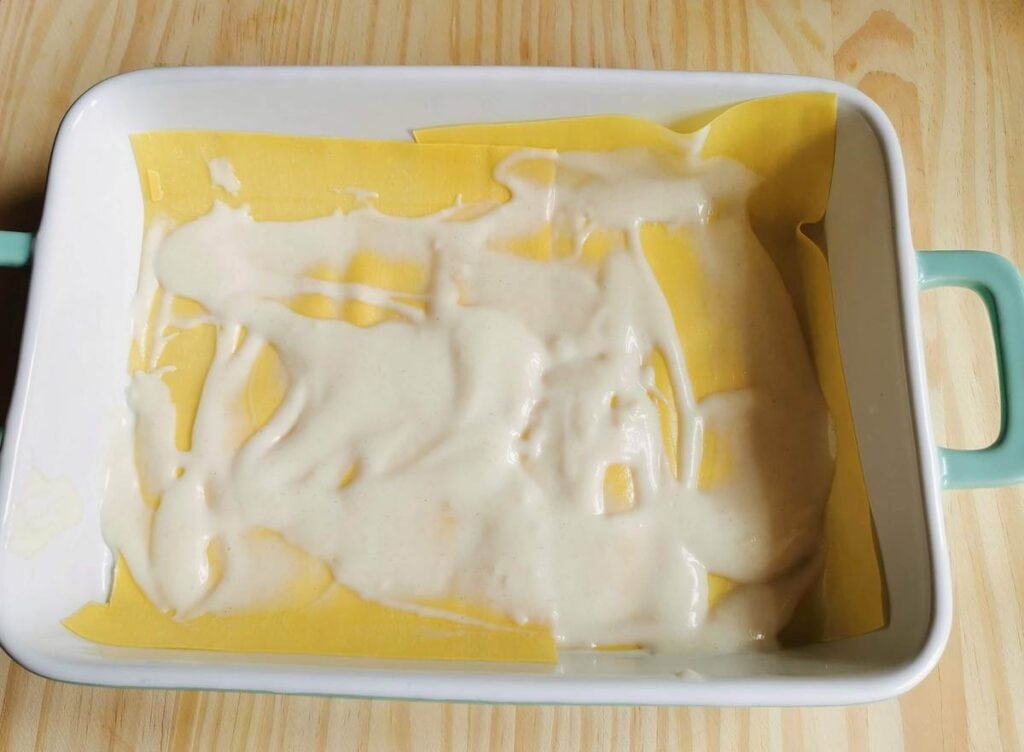
How to make basil pesto.
Traditionally, the people of Liguria make basil pesto with a pestle and mortar. This is how I made the pesto for this recipe. However, you can also use a blender or food processor. I often do! Alternatively, crush the garlic and pine nuts with a pestle and mortar or a hammer and use a blender for the rest. But, mix the cheese in after with a fork. This gives the pesto a more authentic texture.
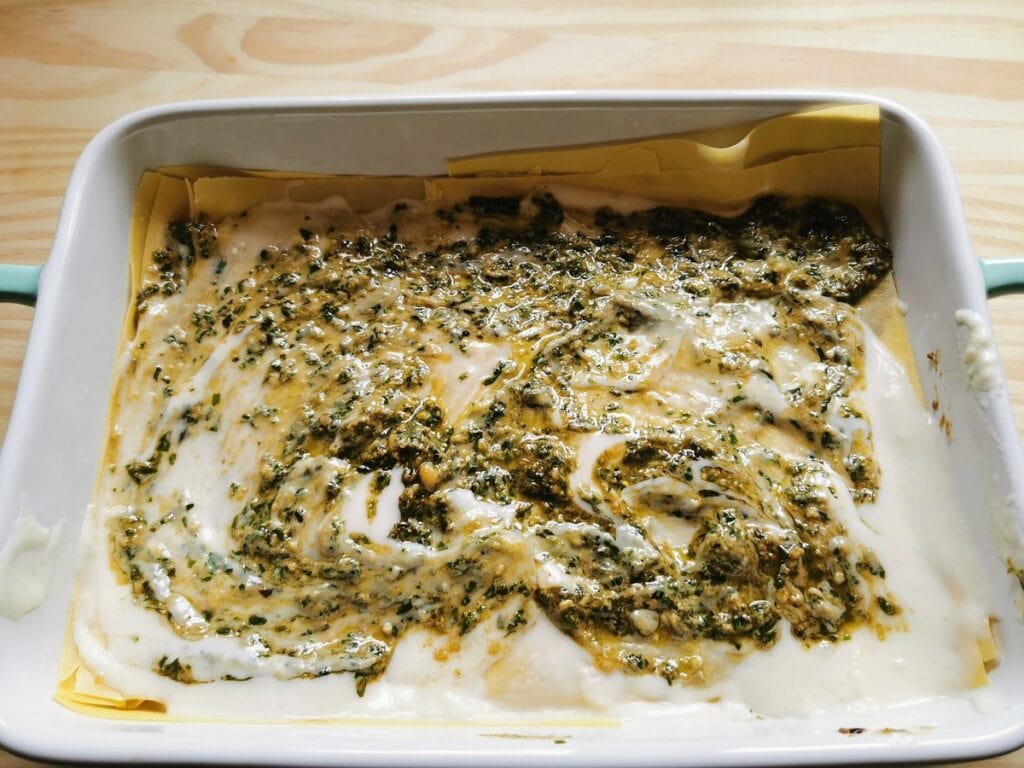
What is béchamel sauce?
Béchamel sauce is a white sauce made from flour, butter and milk, plus a little nutmeg. Today, people use it in a lot of recipes in many countries. But, as the name suggests, it is originally French. However, some food historians believe that béchamel was originally based on a Tuscan sauce known as ‘salsa colla’ (glue sauce). This sauce was introduced to the French by the chefs of Catherine de Medici when she became the wife of Henry II.
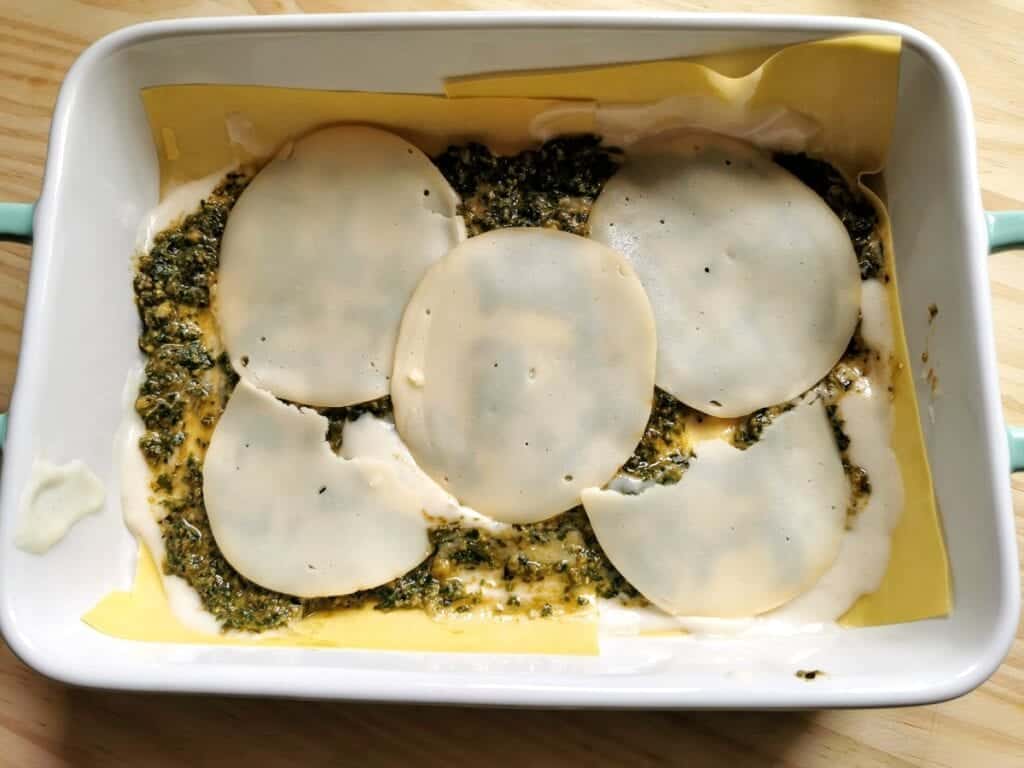
How to make béchamel.
Homemade béchamel is quite easy to make. Just melt some butter, add flour, mix the two together until you have a paste, then over a low heat, add milk a little at a time until the sauce thickens to the right consistency. For this Italian basil pesto lasagne al forno, you will need the béchamel to be a little liquid if using no-boil or fresh lasagne sheets.
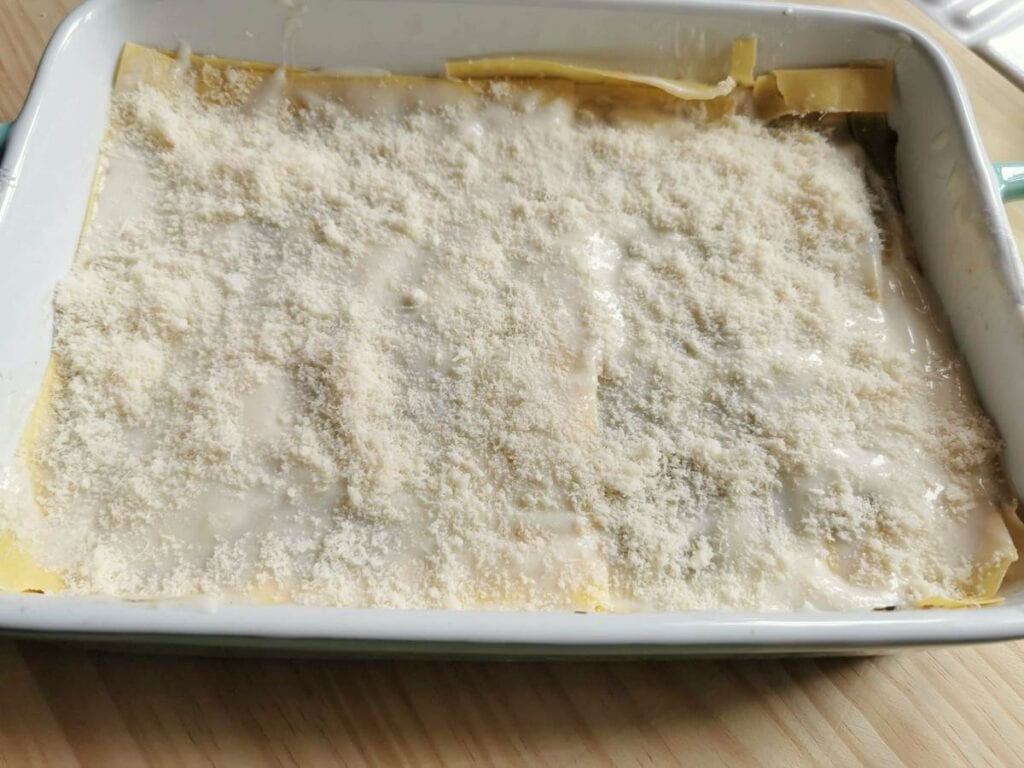
The pasta for pesto lasagna.
You can use dried, store-bought fresh or homemade pasta sheets for this recipe. If your pasta is normal dried lasagne or slightly thick fresh sheets, I suggest partly cooking them in boiling water before assembling the dish. No-boil dried lasagne or thin fresh lasagne can cook in the oven dish.
I often make my own lasagne sheets and if you would like to, you can check out my homemade lasagne recipe. This time I used ready-made thin lasagne sheets from Giovanni Rana. This company is based here in Verona, and I like their fresh pasta. I think it can also be found in US and UK.
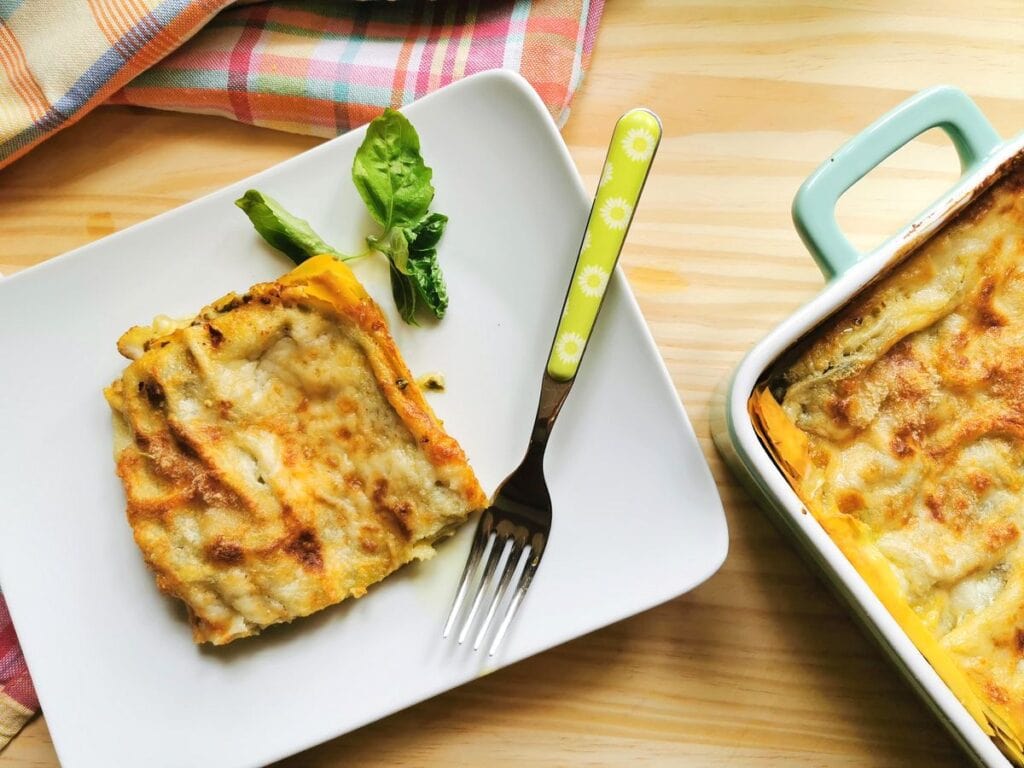
Make this Italian basil pesto lasagna vegetarian.
This recipe is basically vegetarian except for the use of Parmigiano and Pecorino in the pesto and in the assembled lasagna. Italian Parmigiano and pecorino are both made with animal rennet. So, for a true vegetarian version, you will need to use a vegetarian cheese instead.
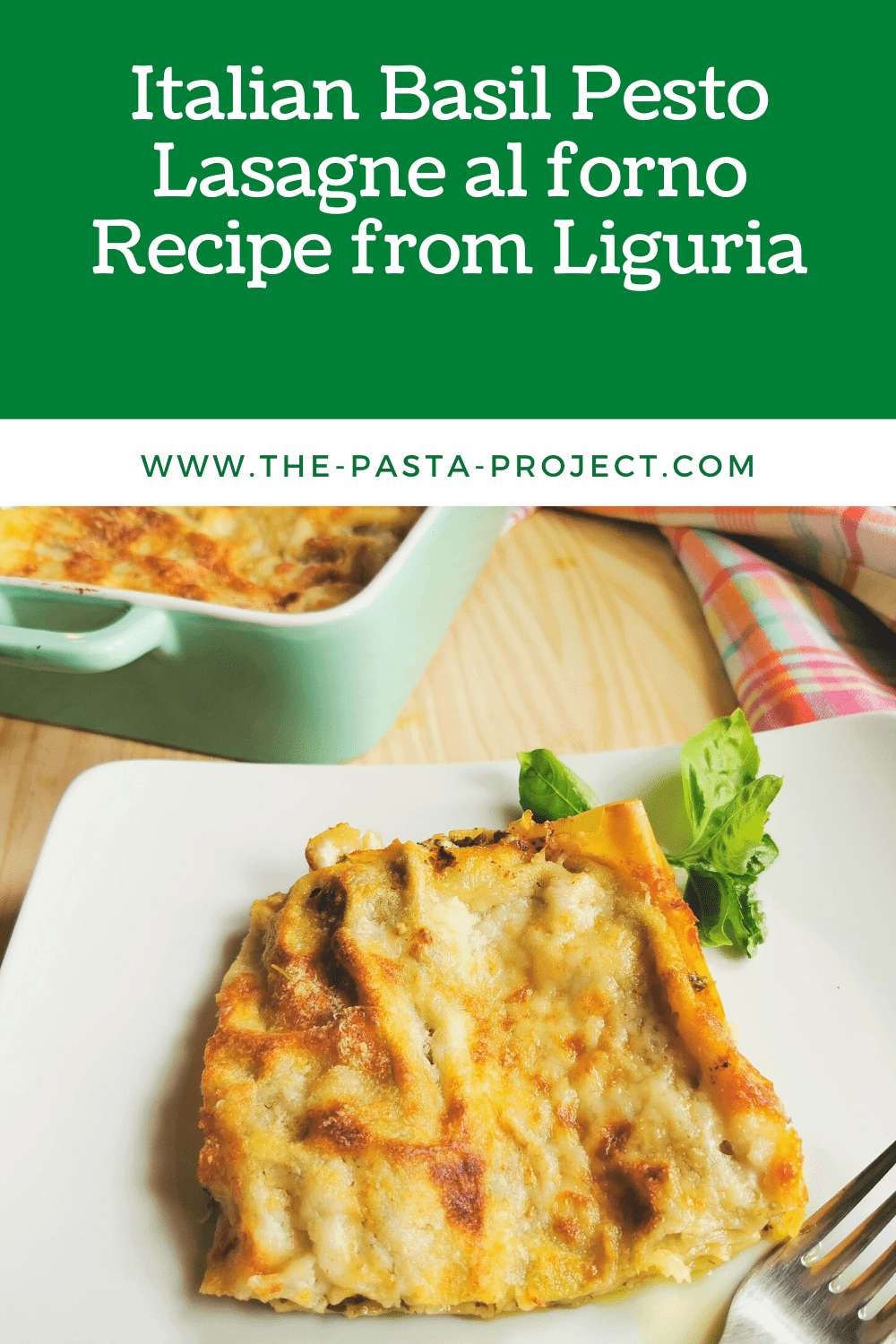
The fastest way to make pesto lasagna.
You can make this lasagna very quickly by using ready-made basil pesto, béchamel and fresh pasta sheets. In this way, there’s no prep. Just assemble and bake! However, even though I’m sure it would taste pretty good, nothing beats homemade ingredients. I made my pesto the day before with basil from my garden. Then, I made the béchamel just before assembling the dish. Ok, I cheated a bit with the ready fresh pasta to save time. But, I am definitely going to repeat this dish with homemade pasta very soon.
Let me know what you think.
In my opinion, this Italian basil pesto lasagne al forno was one of the best meatless lasagna recipes I have ever tried. My hubby Salvatore thought so too! I’m sure if you make this recipe, you’ll love it as much as we do! And if you do, please let me know what you think! Write a comment here on the blog or post a comment on the Pasta Project Facebook page.
Your feedback means a lot to me!
Buon appetito!
If you are interested in learning how to make homemade pasta and different types of gnocchi, check out my shop page for some great video online courses from my friends in Rome! Nothing beats learning to make pasta from Italians! Plus while you’re there why not order a copy of my pasta recipes cookbook!?
Other basil pesto recipes to check out.
- Malloreddus with pesto and tuna
- Minestrone with basil pesto
- Corzetti with pesto, green beans and potatoes
- Sicilian pesto
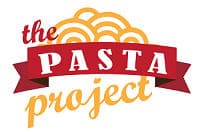

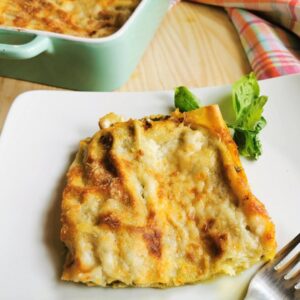
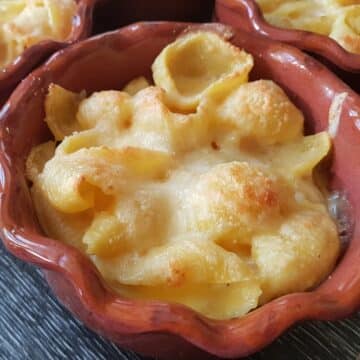
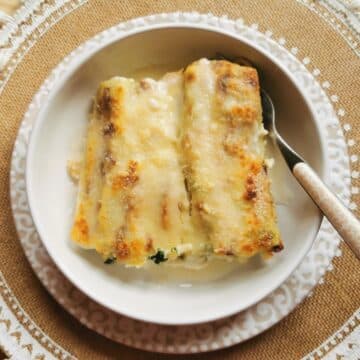
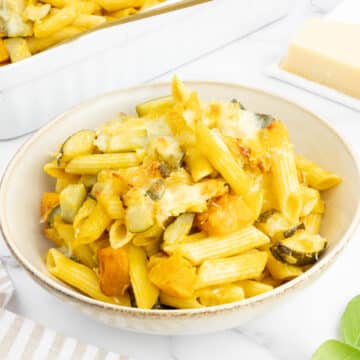
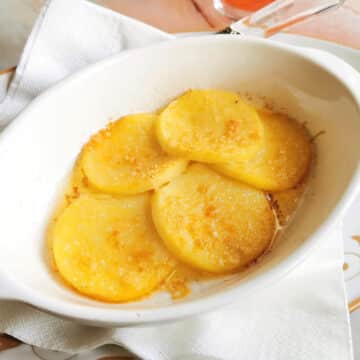
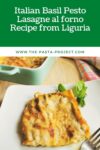
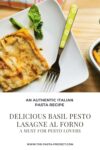
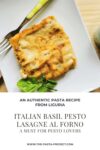
Karen D. says
Hi Jacqui,
I'm hoping to make this for Christmas dinner, and have a question. If I'm using homemade pesto that I already have on hand, how much should I use?
Thanks so much in advance!
-Karen D
Jacqui says
Hi Karen, thanks for your comment. The amount of pesto you use depends slightly on how many layers of pasta you end up with but usually for 4-6 servings around 150-200g (5-7oz). Do let me know how your lasagna turns out. Merry Christmas!
Karen Johnston says
Hi Jacqui, This recipe sounds delicious! Can I prepare it a head of time and then bake later in the day? or maybe it would be better to bake and then re-heat?
Jacqui says
Hi Karen, thanks for your comment. Yes this pesto lasagna is really delicious. I don't usually prepare my lasagna much ahead of baking but reheated leftovers are really good, so if I needed to make this in advance, I'd bake and reheat. Having said that, many Italians do prepare ahead of time and bake later the same day. In that case, seal the dish well with plastic wrap and keep it in the fridge. Then bring it back to room temperature before baking.
John says
At what temperature do you bake the lasagna? Did not see it mentioned in the recipe or accompanying article. Thanks!
Jacqui says
Hi John, thanks for youe comment. I obviously made a mistake by not putting the baking temperature in the recipe instructions. I'll update it tomorrow but in the meantime it's 180°c (356 °f).
Jere Cassidy says
I love pesto but have never thought of putting it into lasagne. I feel I have missed out. Again, glad to have your pasta recipes and to learn all the history.
Amy Nash says
I loved reading a little about the history of this dish! And that bit of nutmeg in the bechamel makes such a huge difference, especially when it's freshly grated.
Moop Brown says
I'm a big fan of pasta dishes with pesto and love how easy to understand this recipe is. Seems like a great meal for weeknights